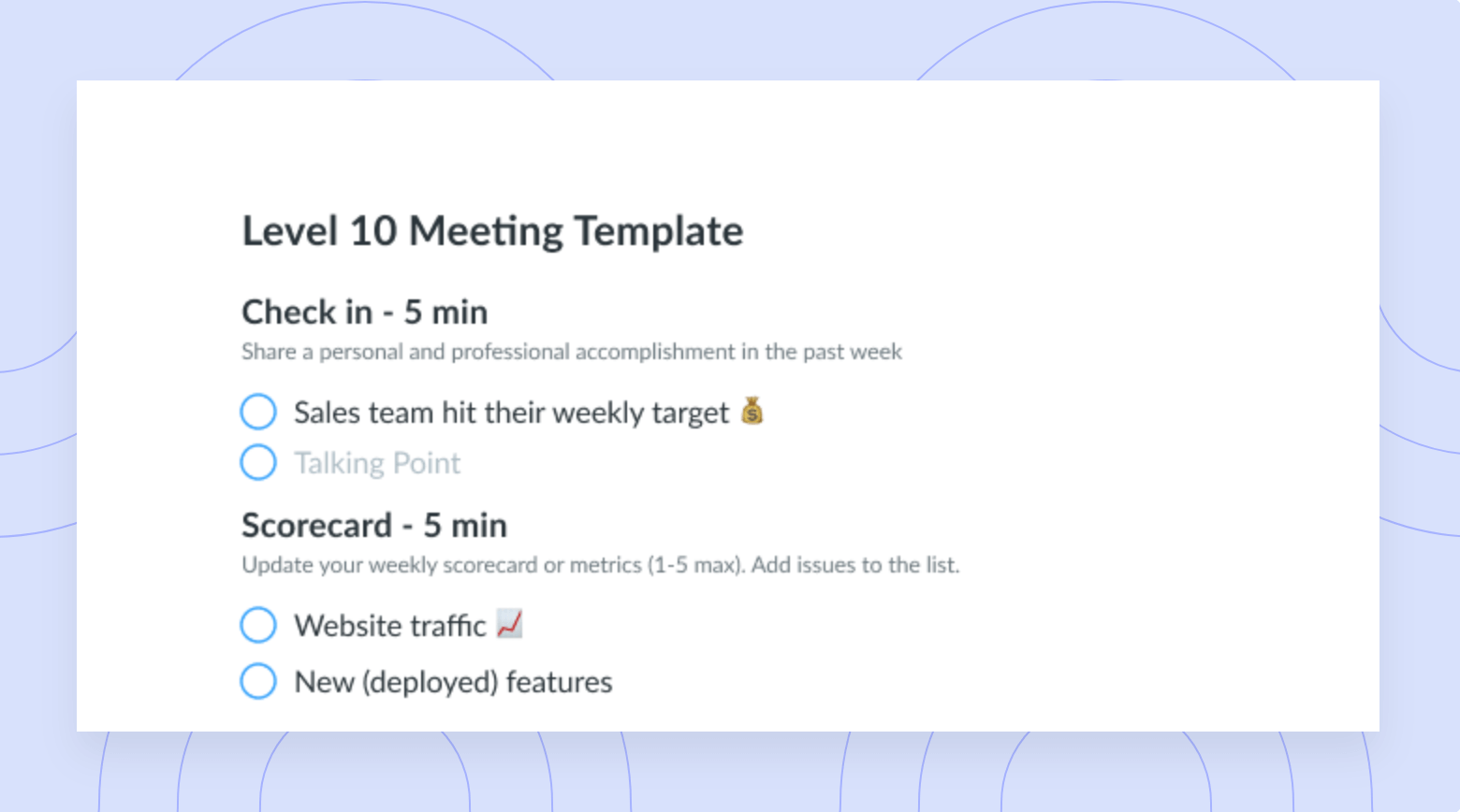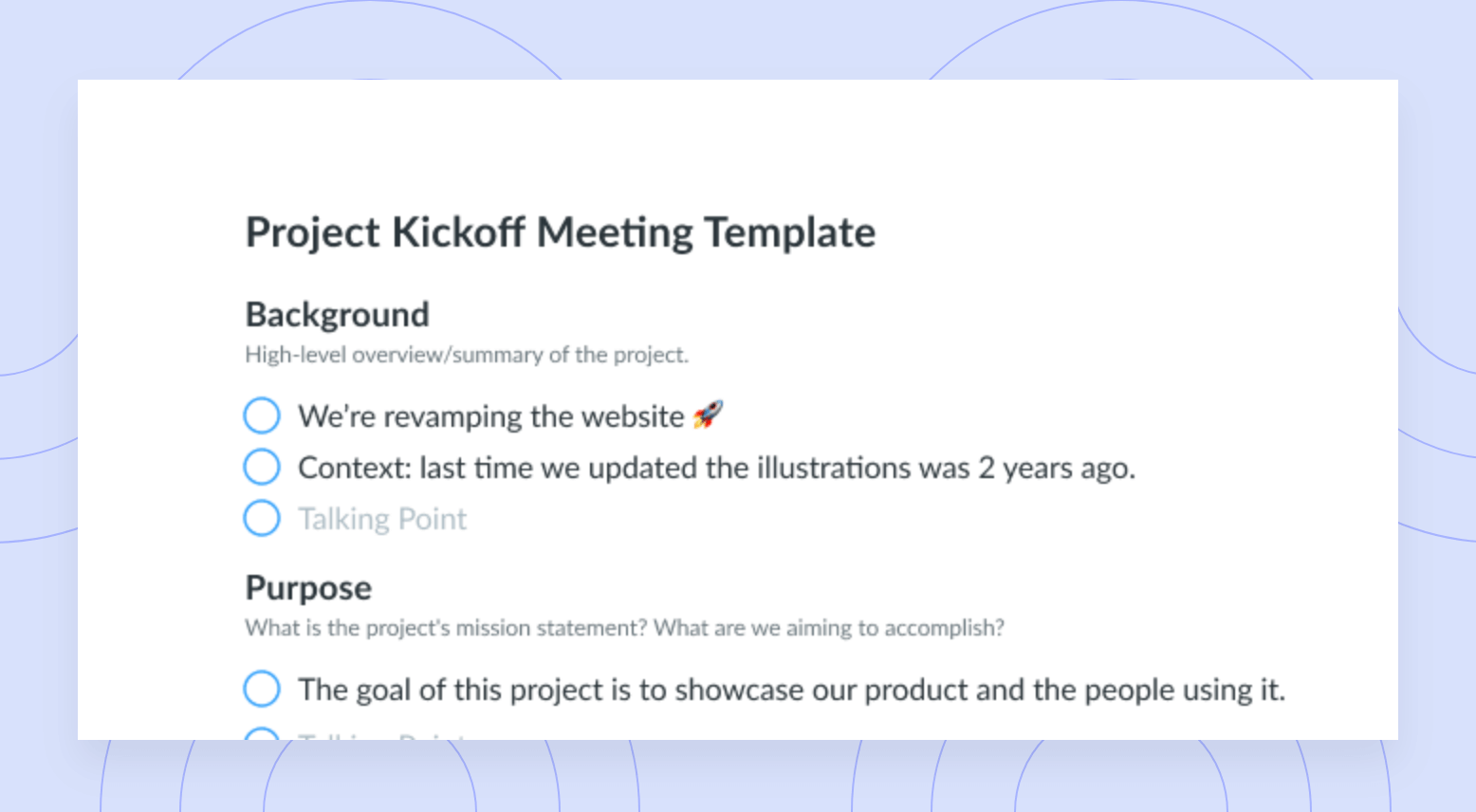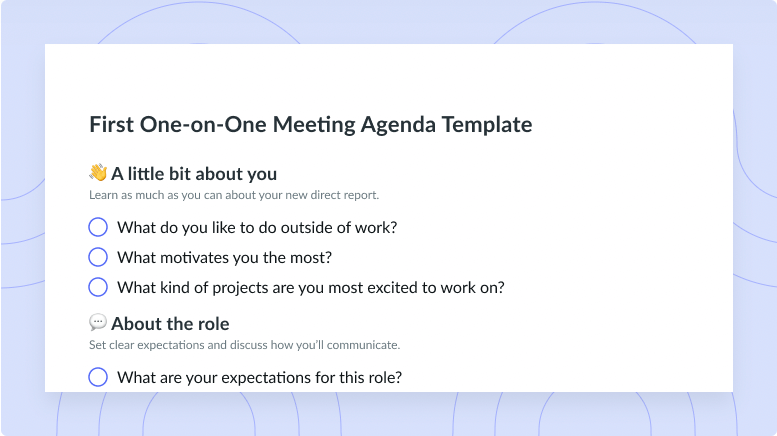How to Transcribe a Video Meeting: 4 Easy Ways
Discover the tools and techniques to accurately transcribe video meetings, ensuring important discussions are documented and accessible.
Video meetings are a core part of the workplace in today’s digital age, especially as organizations maintain hybrid and remote work settings. The collaborative nature of video meetings not only boosts productivity but also helps your teams save time. But what if you want to revisit that discussion? Relying on memory or manual notes alone risks important points falling through the cracks. That’s why organizations are using automated tools to transcribe video meetings.
Machine learning and artificial intelligence have made transcribing videos a whole new world. This guide will show how simple it can be to create a transcript from a video, why it’s important to create transcripts, and the tools that make this process seamless.
- The importance of video transcription for meetings
- Types of video transcriptions
- Four ways to transcribe a meeting video
- Accurate and efficient transcriptions with Fellow
The importance of video transcription for meetings
Aside from avoiding human memory error, there are many reasons why you should implement meeting transcriptions in your team meetings. They include, but aren’t limited to:
- Improved meeting quality. Automated video transcriptions save your team members the effort of taking notes yourself. This is a big time saver, and more importantly, it lets your teams focus on the topic. This makes the time spent together on the call more productive and helps avoid confusion.
- Improved record keeping. A transcription is a great record of agreed-upon solutions and action items to avoid confusion. You don’t have to rely on hearsay to refer back to the next steps. Instead, you can search the text.
- Increased accessibility. Once you have a meeting record in writing, it’s easy to share it with anyone unable to attend or senior stakeholders who aren’t involved in the day-to-day. Additionally, it’s a vital move for inclusivity for any employees who are hard of hearing, as they can more effectively follow the meeting with a transcript.
- Enhanced overall communication. When meetings run smoothly, that efficiency spills over into other areas of an organization. This makes sure everyone can be on the same page even when they aren’t in the same digital room.
It’s easy to see how important it is to convert video speech from a meeting to text with a tool instead of by hand. Depending on the tool, there are limits, such as technological issues, vocabulary, and previous context.

Improve meeting quality and record-keeping with
Fellow’s AI meeting transcription
Enhance your video meetings with Fellow, the only all-in-one AI meeting transcription and management software for remote and hybrid teams. Fellow’s AI Meeting Copilot takes care of recording and transcribing meetings so everyone has an accurate record of the discussion and the ability to stay present. With Fellow, meeting transcriptions, video recordings, and AI meeting summaries are captured in your meeting notes within minutes so you can easily review important insights and decisions.
Types of video transcriptions
There are three different types of video transcription methods. Each has pros and cons and may be more suited for certain situations.
- Services that manually transcribe a video: An organization can hire transcribers and transcription services that would watch and write down what was said in the meeting for you. Of course there is a cost factor at play with this, as well as possible timing issues of an outside service.
- DIY-ing video transcriptions: It’s important to note that this is one of the most accurate ways to transcribe video to text, but it’s also incredibly tedious. It can involve multiple team members, affecting your budget and time spent. An example would be if different people cover meeting segments for meeting notes. This may pressure resourcing, but it creates meeting minutes and transcribes a recorded video meeting more immediately.
- Automatically transcribing videos: As the name implies, this method generates automated meeting notes without team members sacrificing their time. Tools capable of this use natural language processing (NLP) technology to convert what’s being said into digital text. Counting on AI and machine learning for meeting transcription is one of the most streamlined ways to take notes. AI has advanced by leaps and bounds recently, but it is still learning. Reviewing automatically transcribed notes yourself is necessary to ensure everything is accurate. Machine learning is evolving daily, but some tools still struggle with accents, colloquial phrasing or slang, and “hearing” everything.
Four ways to transcribe a meeting video
The best tools to transcribe a video meeting will depend on your team members’ preferences. Some applications save time, some save money.
- AI meeting transcription software
- Mobile apps for transcriptions
- Online programs for transcription
- Manual transcription
1AI meeting transcription software
AI meeting assistants can capture the discussion in real-time and seamlessly integrate into video chat platforms like Google Meet, Microsoft Teams, and Zoom. They create a written record almost instantly, are searchable for keywords, downloadable, and shareable, and some automatic transcription generators also have other talents.
Fellow’s AI Meeting Copilot goes beyond simply writing down what’s being said. In addition to recording and transcribing the meeting, it generates meeting summaries after the meeting has wrapped. Then it organizes the main talking points and identifies action items based on the discussion, and automatically sends the recap to meeting participants and stakeholders. Fellow’s AI Meeting Copilot is indispensable for global organizations’ video meetings and can support up to 10 languages. Fellow helps everyone on the invite stay present, focused, and aligned with what’s coming next.
2Mobile apps for transcriptions
Whether you have a smartphone for work or are using your own, there are a few applications in the Apple and Android stores for transcribing. Some phones have transcription capabilities built into their notepad applications. It’s as simple as giving the app access to your mic and it converts your speech to text.
The downside is that you must get that text off your phone and into your workflow. Emailing or connecting it to your work computer is an extra step.
3Online programs for transcription
These programs tend to be free of charge and easy to find, such as Google Voice Typing. However, they are more likely to record errors, misunderstandings, or incomplete speech. Proofreading transcriptions from online programs is essential so no team member acts on mistakes.
4Manual transcription
The upside of this method is that it’s cost-efficient. Unfortunately, it’s also a slow process that takes a team member essentially offline while they play, pause, type, and repeat. You can streamline manual transcriptions and use a meeting notes template to organize everything.
Accurate and efficient transcriptions with Fellow
Sore hands from typing meeting minutes is a thing of the past. Streamlining staying on task during a video meeting with AI transcription software like Fellow can be much easier. It’s the only all-in-one AI meeting transcription and management software that unifies the entire meeting workflow from prep to next steps and meeting outcomes. Fellow also integrates into your company’s existing tech stack and 50+ productivity tools, centralizing calendar events, meeting minutes, AI transcriptions, and summaries into one place.
When running meetings across an organization, especially when everyone isn’t in the same office or city, using AI for transcriptions is a powerful workflow shift. Team members can stay connected and collaborate more easily, which is a win for everyone. Empower your team with revolutionary video meeting management support and try Fellow today.
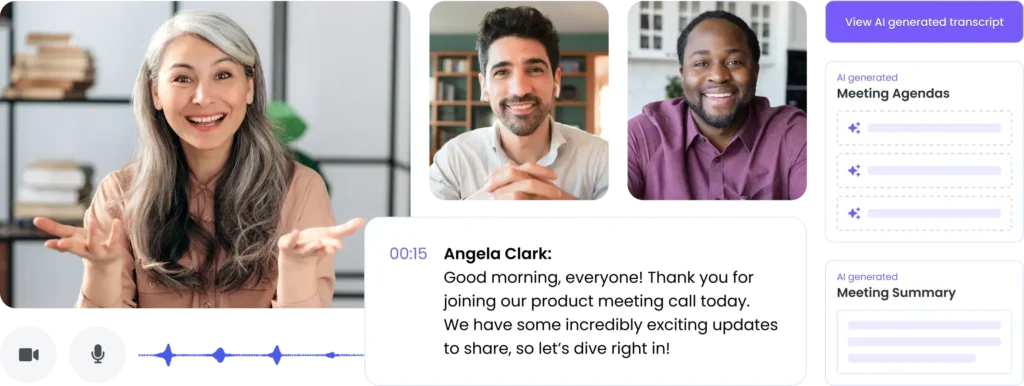
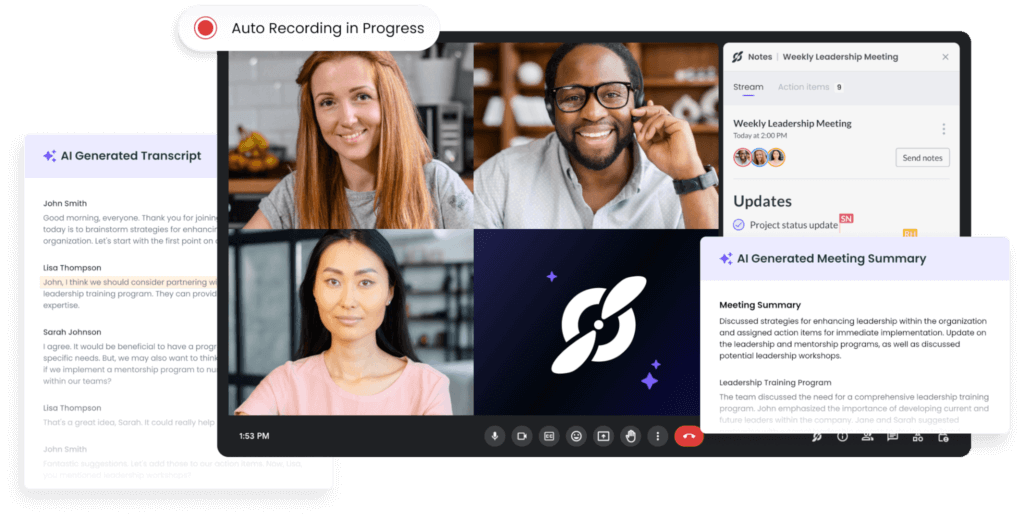
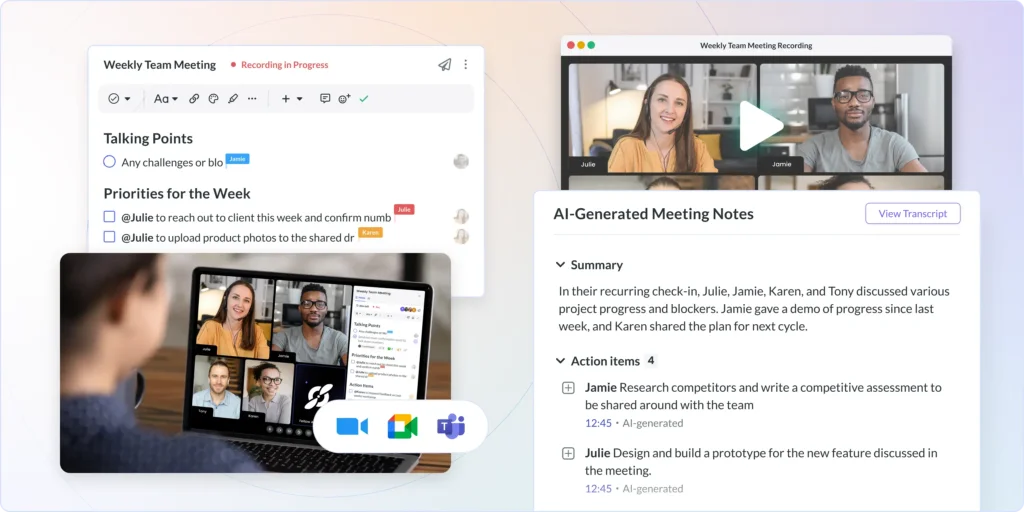
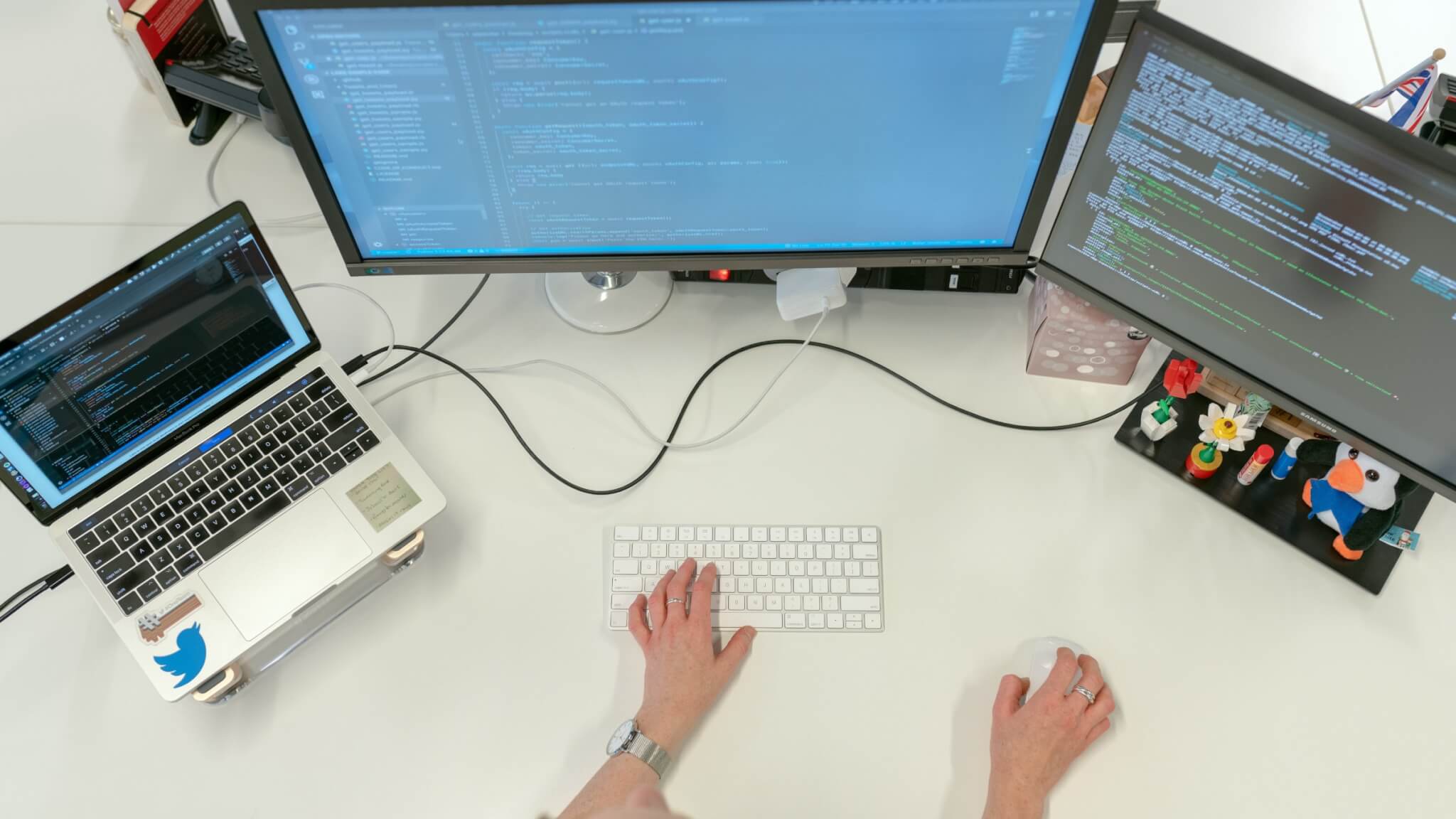









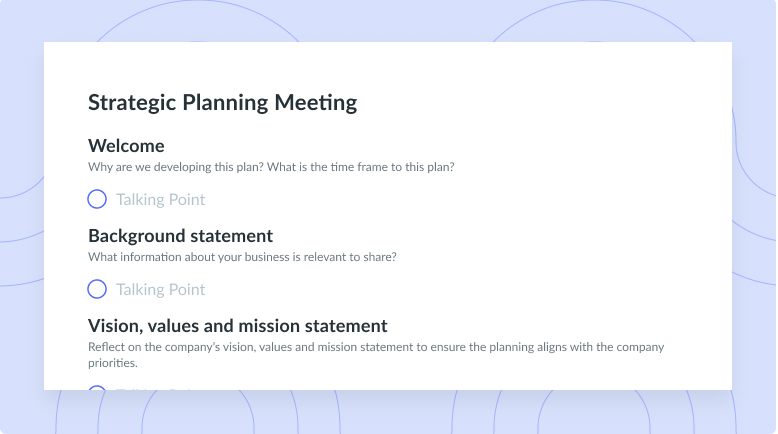
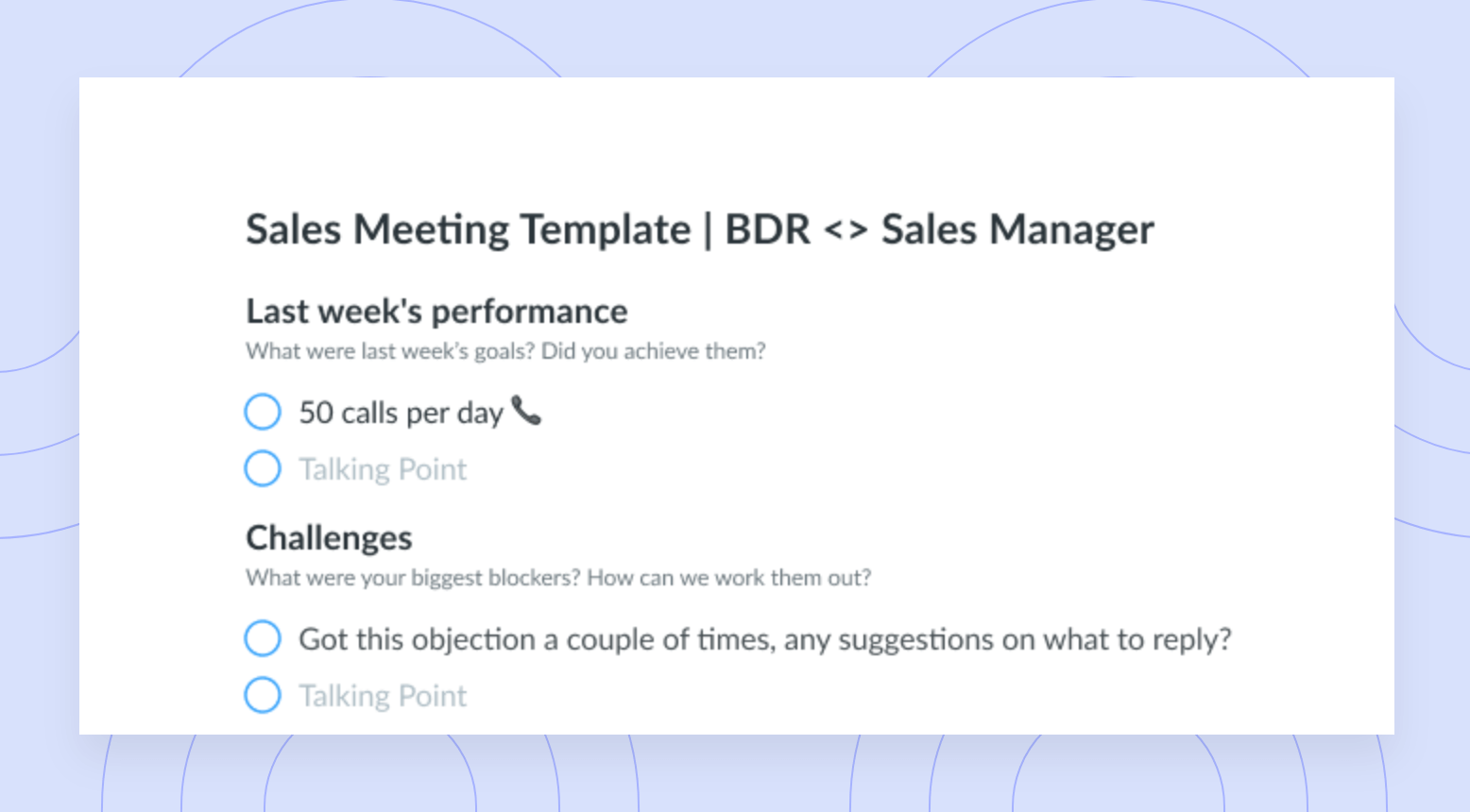
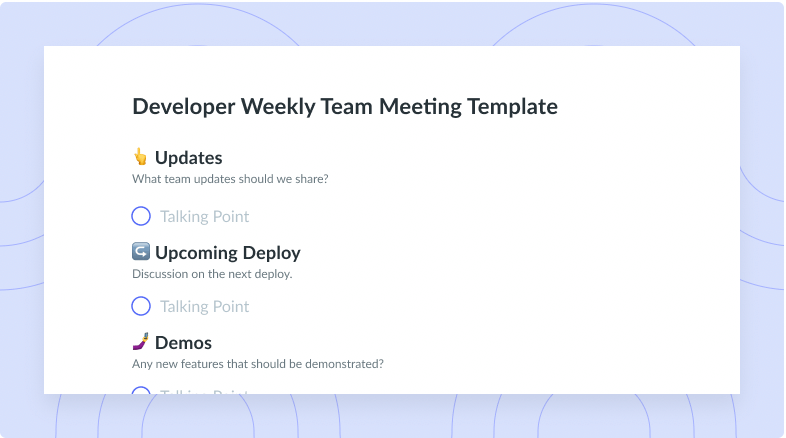
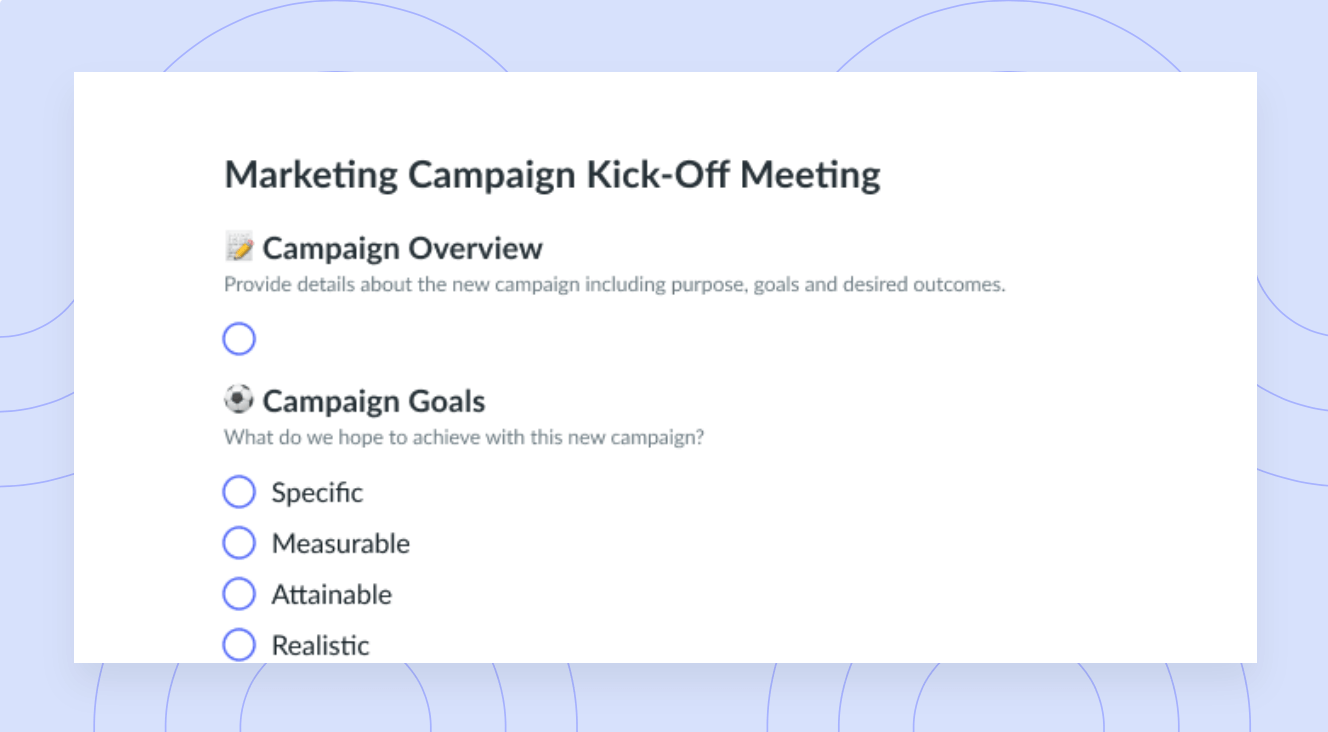
![What? So What? Now What? [Reflection Meeting] Template](https://fellow.app/wp-content/uploads/2021/08/What-So-What-Now-what-preview-v2.png)
